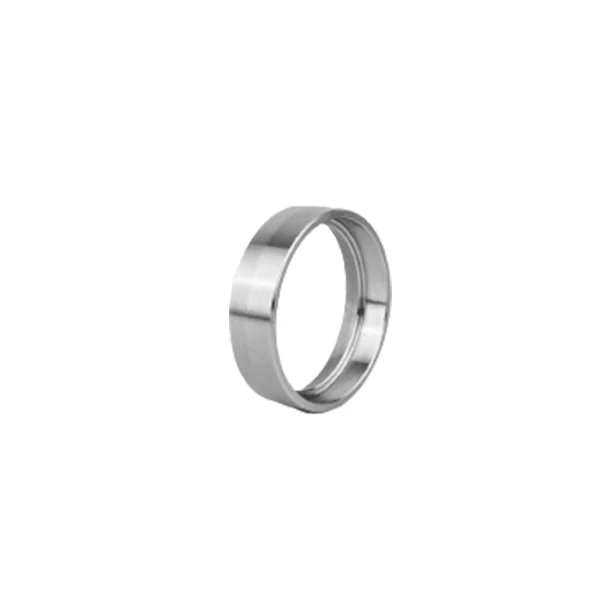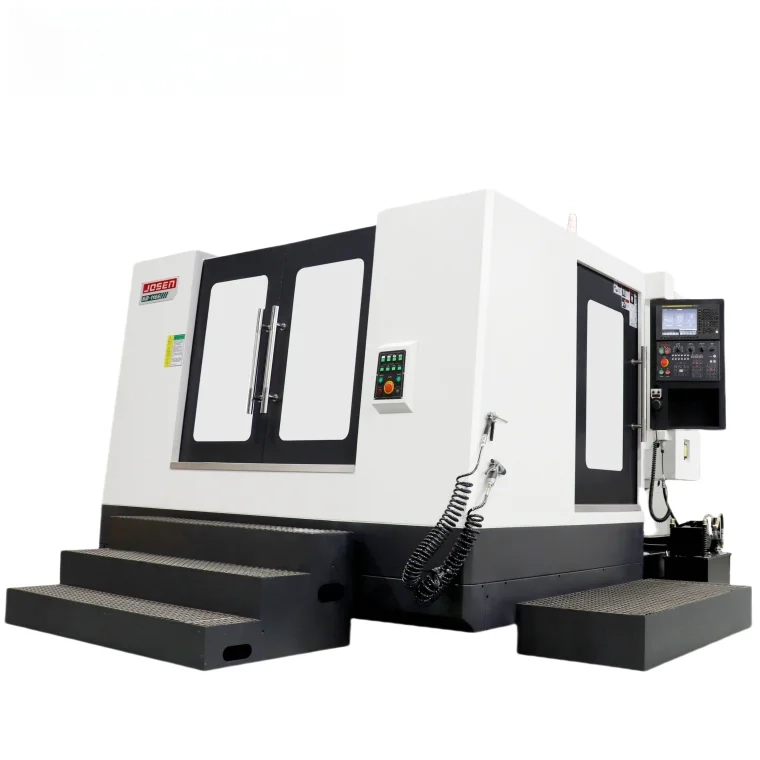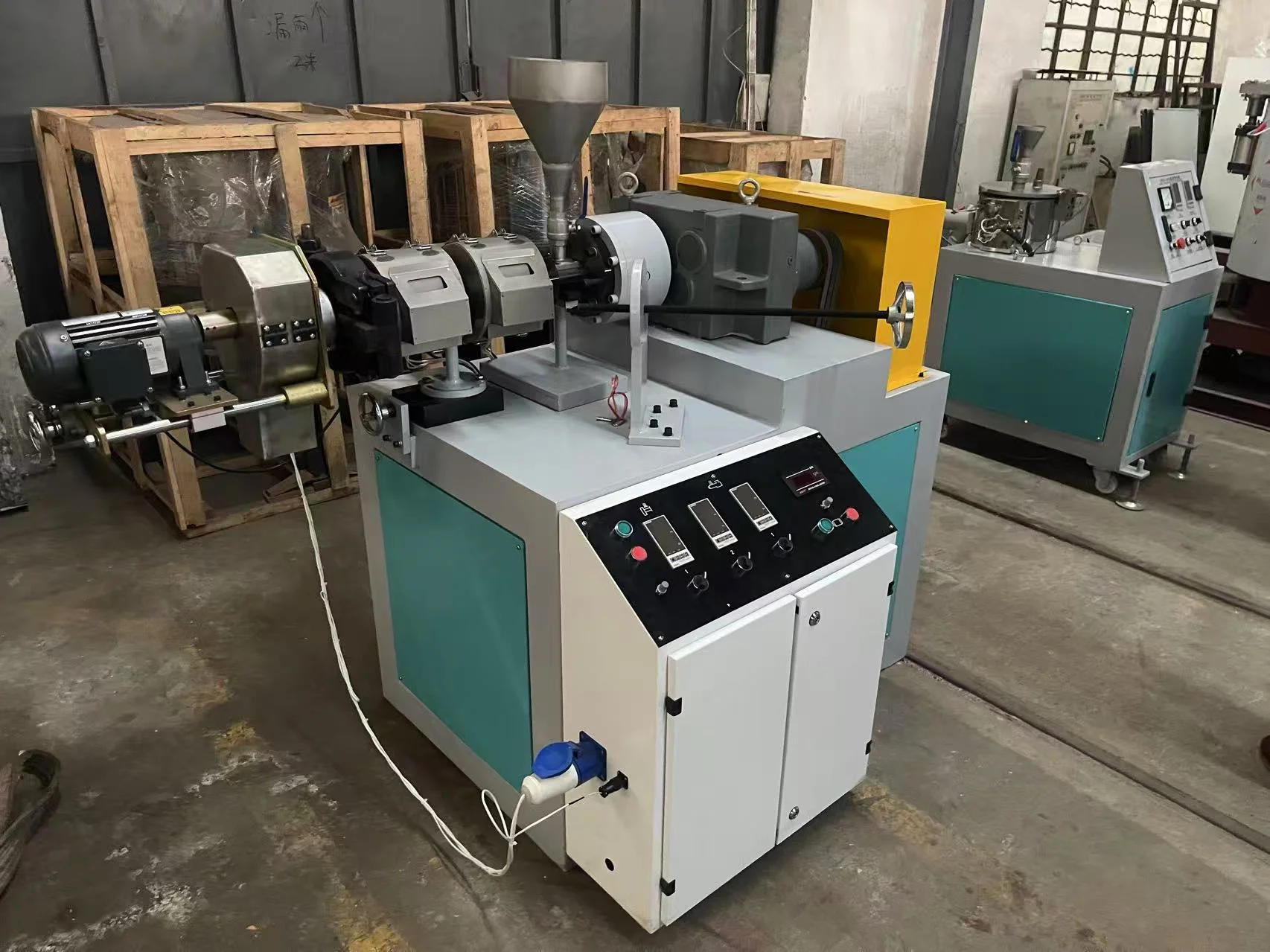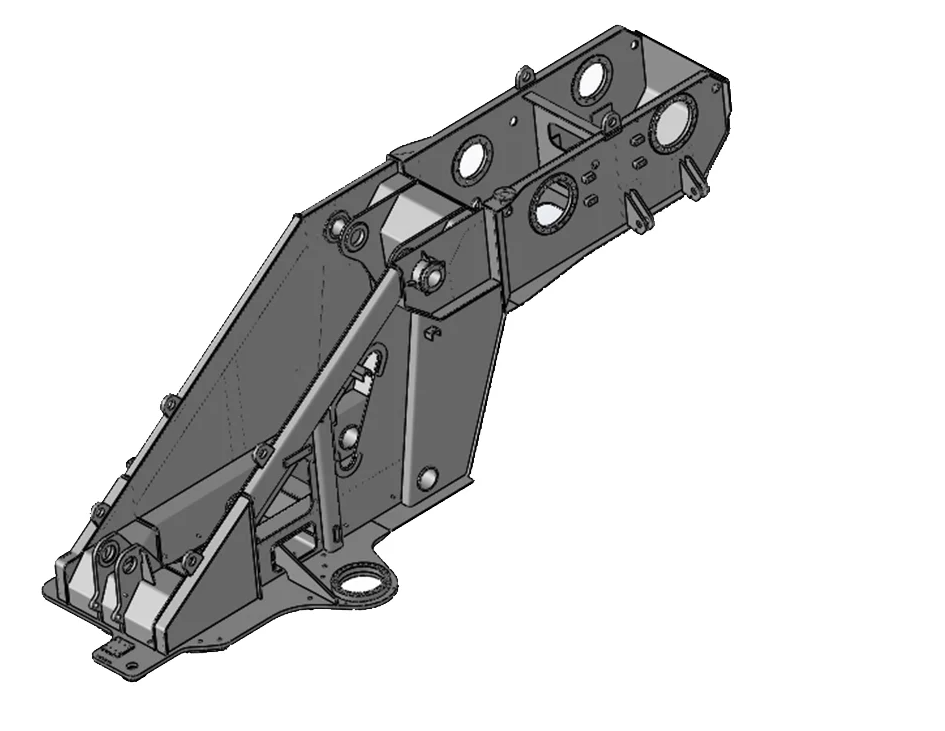Features of High Precision Valve Seat CNC Machining Service
In the world of modern manufacturing, CNC (Computer Numerical Control) machining has become a cornerstone for achieving superior precision and repeatability. The valve seat plays a pivotal role in engine performance by ensuring optimal sealing and regulating fluid or gas flow. As such, CNC machining services dedicated to valve seat manufacturing must adhere to stringent quality standards. In this blog post, Okin, as a professional precision parts machining service provider, will share the features of high precision valve seat CNC machining service.
Features Of High Precision Valve Seat Machining Service
1. High Dimensional Accuracy and Tight Tolerances
One of the most essential features of CNC machining for valve seats is its ability to achieve extremely tight tolerances. Precision machining services typically work within micrometer (µm) tolerances, ensuring that the valve seat fits perfectly within the cylinder head or housing. This high dimensional accuracy is crucial for:
- Ensuring airtight sealing, preventing gas or fluid leaks.
- Enhancing the efficiency of internal combustion engines and hydraulic systems.
- Reducing friction and wear, thereby extending the component's lifespan.
CNC machines, especially those equipped with advanced control systems and precision tool paths, allow for the repeatable production of valve seats with minimal deviation.
2. Multi-Axis Machining Capabilities
Modern CNC machining services employ multi-axis machining centers (3-axis, 4-axis, and 5-axis machines) to manufacture complex valve seat geometries. Multi-axis capabilities provide several advantages:
- Ability to create intricate contours and angles without repositioning the workpiece.
- Higher accuracy in machining compound curves and fine features.
- Reduction in cycle times due to efficient tool movement and fewer setups.
Five-axis CNC machining, in particular, is instrumental in achieving precise chamfering, seat angles, and custom profiles that optimize fluid dynamics.
3. High-Quality Surface Finishing
Surface quality is a critical aspect of valve seat machining as it directly affects sealing performance and component durability. CNC machining services employ high-speed cutting tools, precision grinding techniques, and advanced finishing processes to achieve:
- Superior surface smoothness with Ra (Roughness Average) values as low as 0.1 µm.
- Minimal machining marks and burr-free edges, reducing the need for post-processing.
- Improved wear resistance by maintaining optimal contact surfaces.
Additionally, lapping and honing processes are often integrated to further refine the surface and enhance the sealing integrity.
4. Material Versatility
Valve seats are commonly manufactured using high-performance materials such as:
- Hardened steels (e.g., AISI 52100, AISI 8620)
- Stainless steels (e.g., 17-4 PH, 440C)
- Bronze and copper-based alloys (e.g., beryllium copper, Ampco alloys)
- Superalloys (e.g., Inconel, Hastelloy)
- Ceramics and composites for extreme applications
High-precision CNC machining services must be capable of handling these materials, which often require specialized tooling and cutting parameters to prevent deformation and ensure optimal machining performance.

5. Advanced Tooling and Cutting Techniques
Achieving high precision in valve seat machining necessitates the use of advanced tooling technologies, including:
- PCD (Polycrystalline Diamond) and CBN (Cubic Boron Nitride) cutting tools: These are preferred for machining hardened and high-performance materials due to their exceptional hardness and wear resistance.
- High-speed machining (HSM): This technique enables faster material removal while maintaining precision, reducing production times.
- Cryogenic cooling and lubrication: Used to enhance tool life and maintain material integrity, particularly when machining heat-sensitive alloys.
- Adaptive machining strategies: CNC systems equipped with AI-driven adaptive control can dynamically adjust cutting parameters to optimize tool performance and minimize errors.
6. Automated Quality Control and Inspection
To ensure consistent high precision, CNC machining services integrate automated quality control measures, including:
- Coordinate Measuring Machines (CMMs): Used for dimensional verification with sub-micron accuracy.
- Optical and laser scanning systems: Provide non-contact measurement for intricate geometries.
- In-process probing: Real-time monitoring and feedback loops ensure that deviations are immediately corrected.
- Surface roughness testers: Verify the finish quality to meet industry standards.
Automation in quality control minimizes human error and ensures that every valve seat meets exacting specifications.
7. Customization and Prototyping Capabilities
Industries often require valve seats tailored to specific operational conditions. CNC machining services offer:
- Rapid prototyping to test and refine designs before mass production.
- Custom seat profiles to optimize sealing efficiency and flow characteristics.
- Small-batch and high-volume production capabilities with flexible lead times.
Through CAD/CAM integration, manufacturers can quickly adapt designs and execute modifications with minimal downtime.
8. Compliance with Industry Standards
High-precision CNC machining services for valve seats must adhere to international quality standards such as:
- ISO 9001 for quality management systems.
- TS 16949 for automotive manufacturing.
- API (American Petroleum Institute) standards for oil and gas applications.
Ensuring compliance guarantees reliability, performance, and durability in demanding environments.
Conclusion
High-precision valve seat CNC machining services combine advanced manufacturing techniques, state-of-the-art tooling, and rigorous quality control to produce components that meet the highest standards of accuracy and durability. With capabilities such as multi-axis machining, superior surface finishing, material versatility, and automated inspection, these services play a vital role in the performance and longevity of critical mechanical systems. As CNC technology continues to evolve, the precision and efficiency of valve seat manufacturing will only improve, driving advancements across multiple industries.
www.okinmachining.com
Okin


